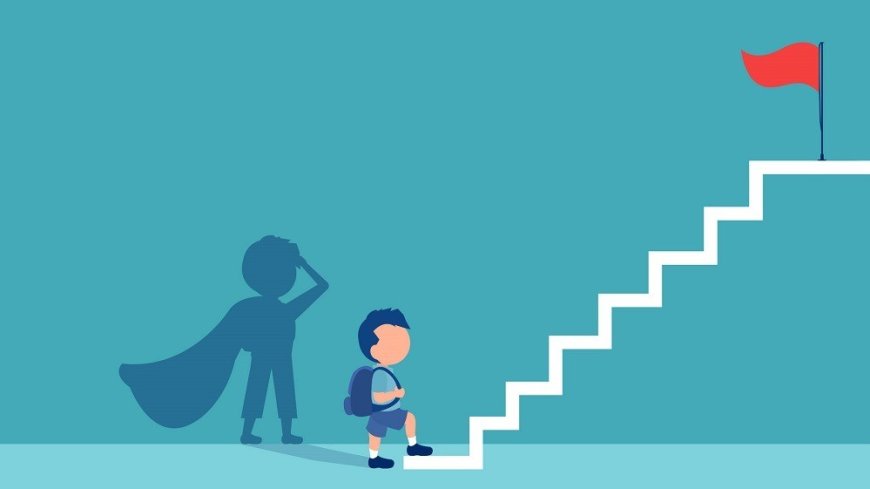5 exercises to develop observation and imagination
Creative thinking - the ability to produce original ideas and see new meaning in the well-known. However, this is not an innate talent,

An idea for an interesting class hour or classes in creative circles.
Creative thinking - the ability to produce original ideas and see new meaning in the well-known. However, this is not an innate talent, everyone can develop their own creativity by training observation, visual memory and imagination.
We offer 5 interesting exercises for the development of creative thinking of high school students.
- Exercise "Biography of a matchbox"
How it works: Invite students to look closely at a well-known item, such as a matchbox, and find something new and unknown.
Let the students fantasize about how it was made, on the basis of external signs, looking closely, you can find traces of "biography" of any subject. For example, in a large forest, trees are cut down, transported to a sawmill, and so on.
Invite the children to imagine and imagine how many people were involved in shaping the "biography" of the matchbox, from the lumberjack to the hostess in the kitchen (who they were, what they thought, how they influenced the future of the matchbox, and so on).
After examining the box, give the students another similar box and ask if they are identical. Ask to find the difference between the two boxes.
Reflection: Analyze with students why it is necessary to compare seemingly identical things or similar people. What purpose in life could make you do this?
- Exercise "Exchange"
Principle of execution: Pair students. Invite each couple to take any item (pen, textbook, notebook, etc.) and look closely at it for 20 seconds. After that, students in pairs should exchange their subjects and again for 20 seconds carefully examine the subject of a partner.
After that, students should take turns telling each other in detail about each item: what and where there are scratches and other features, under what conditions they arose, features of shape, color, as well as share their assumptions about who gave this item to the owner and more .
The task of each student is to notice the maximum features of the subject and be convincing in their judgments for the interlocutor.
Reflection: Explain to students that the training of visual memory and observation are inextricably linked to the development of imagination.
- Exercise "One letter"
How it works: Invite students to sit in a circle and for 30 seconds look carefully and memorize all the objects in the room whose names begin with a certain letter. Then ask them to close their eyes and take turns naming everything they remember.
Reflection: This exercise teaches to focus, to separate the main information from the secondary and develops visual memory.
- Exercise "How exactly are matches"
Principle of implementation: The teacher throws a few matches on the table or makes a pattern out of them and invites a small group of students (for example, 5 people) to come to the table. While the teacher counts to 3 students must remember exactly how the matches lie. After that, the teacher covers the task with a sheet and asks the students to recreate the placement of matches on another table.
After students create their own version of the match configuration, the teacher raises the worksheet for 5 seconds to work on the errors. After that, the final version and the original task are checked by another group of participants on a similar principle.
Reflection: This exercise develops observation and the ability to work in a team.
- Choose a partner exercise
Principle of execution: Students become a circle, at the signal of the teacher, everyone should choose a partner for a few seconds and let him know that he was chosen, but so that it was invisible to others. It is necessary to agree only with the eyes, while winking is not appropriate, it is too noticeable movement.
Invite students to œcall a partner without consciously moving their eyes, eyebrows, eyelashes, or any part of their body. Offer to tacitly agree, refuse or draw the attention of the "interlocutor" to your neighbor and more.
After that, ask the students to find out who managed the tacit understanding: at the expense of "three" students should run to their chosen one and take his hand.
This moment in the exercise is the most emotional. Students run to their chosen partners, and it becomes clear who really managed to understand each other with a look.
Reflection: Explain to students that micromimics are small, almost invisible contractions of facial muscles that we are not aware of. They appear, generated by thoughts and emotions. To "read" another person's micromimics, you need to be extremely focused, attentive and observant.
